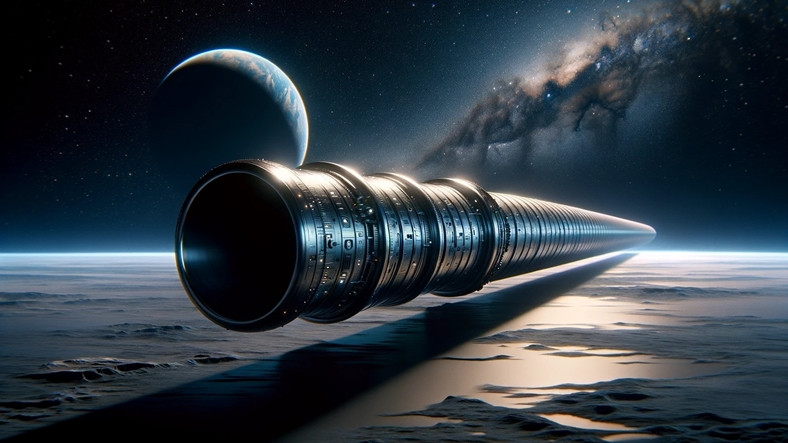Einstein’s theories of relativity, that time travel is possible proved it with formulas. We can see that this is true just by thinking about the astronauts who went into space.
But is it really possible for us to travel into the past? How can we provide physical conditions, even if it is theoretical? Frank Tipler has an interesting suggestion.
Let’s start with Einstein’s theories of relativity.

According to Einstein’s theory of relativity, time flows at different speeds for observers in different conditions. For example while we still are Time passes more slowly for a moving object.
This is of course such a low speed that we don’t notice it. However, the speed difference can become noticeable as we approach the speed of light. Similar travel between times can also be done. To be precise, you can travel to the future.
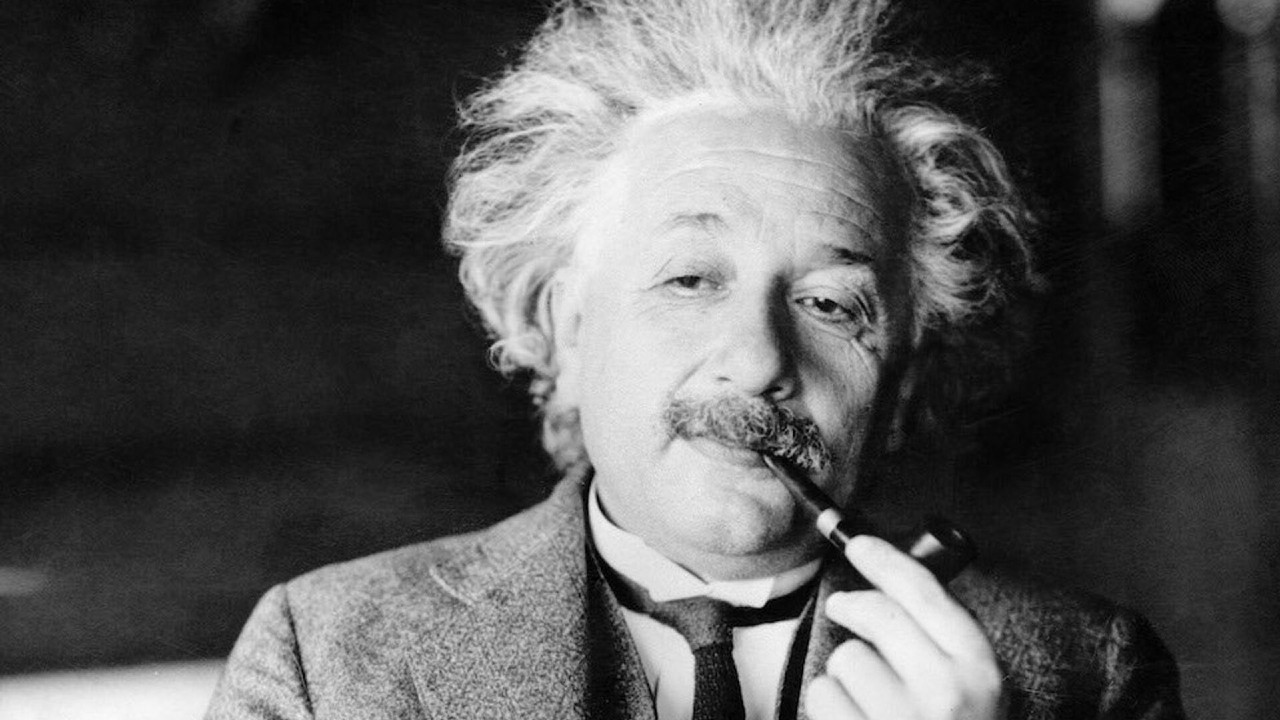
Let’s explain it using an astronaut. Let’s imagine that a 20-year-old astronaut goes into space in 2024. speed of light moves as fast as 99.5% He will spend 5 years in space on a spaceship. When he turns 25, Earth will be in 2074, not 2029. In short, the astronaut travels 50 years into the future. As speed increases, it is possible to go further into the future.
We must remember that the speed of light is not the only thing that changes over time. Gravity can warp time. As gravity increases, time slows down. These slowdowns on our planet can only be measured with atomic clocks, but if we go to a place with high gravity, such as a black hole, we can visibly notice time slowing down.
If we had the ability to go to such a place, we could also travel to the future. Yes, we understand that traveling to the future is theoretically possible. What about the past?
Can we travel to the past?
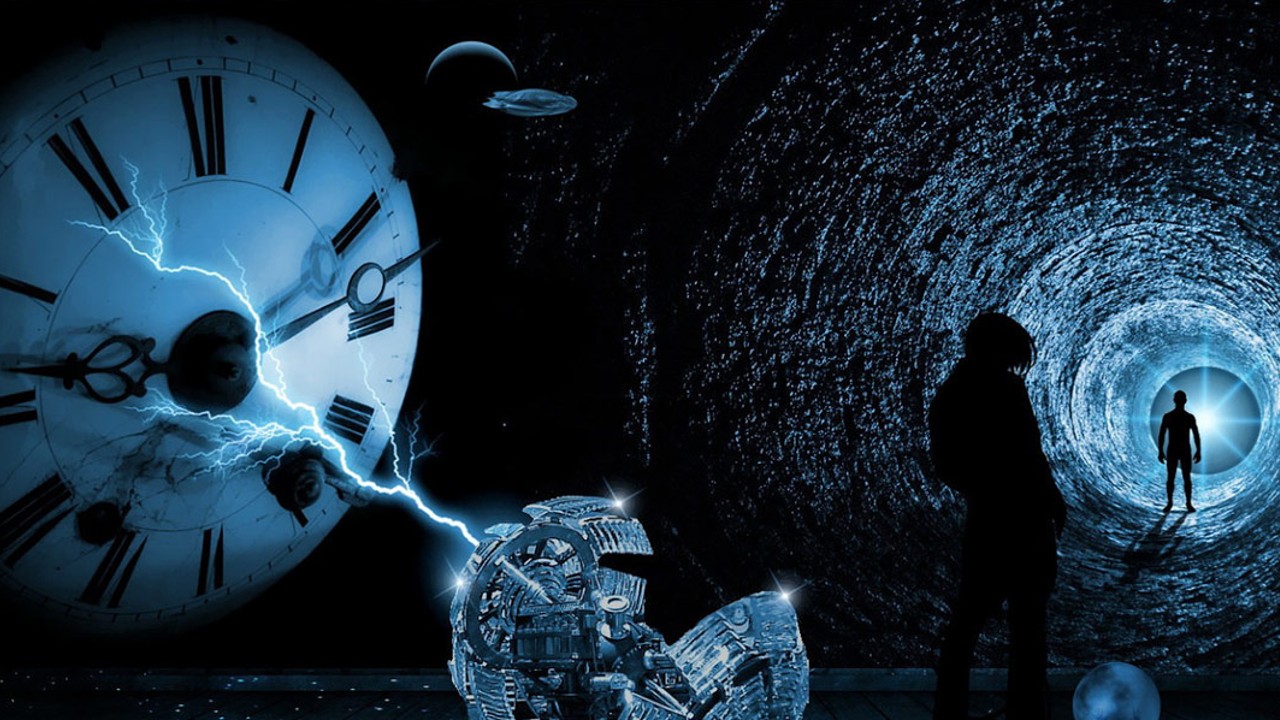
We can do it according to the theories of relativity, but it is unclear whether the right physical conditions can be provided for this. If we could move faster than the speed of light, time could flow into the past, but based on what we know so far No massive object can exceed the speed of light. Let’s leave aside the theories of relativity for the time being and examine the so-called ‘Types of Cylinder’ theory.
The “tip cylinder” says that time travel is possible.
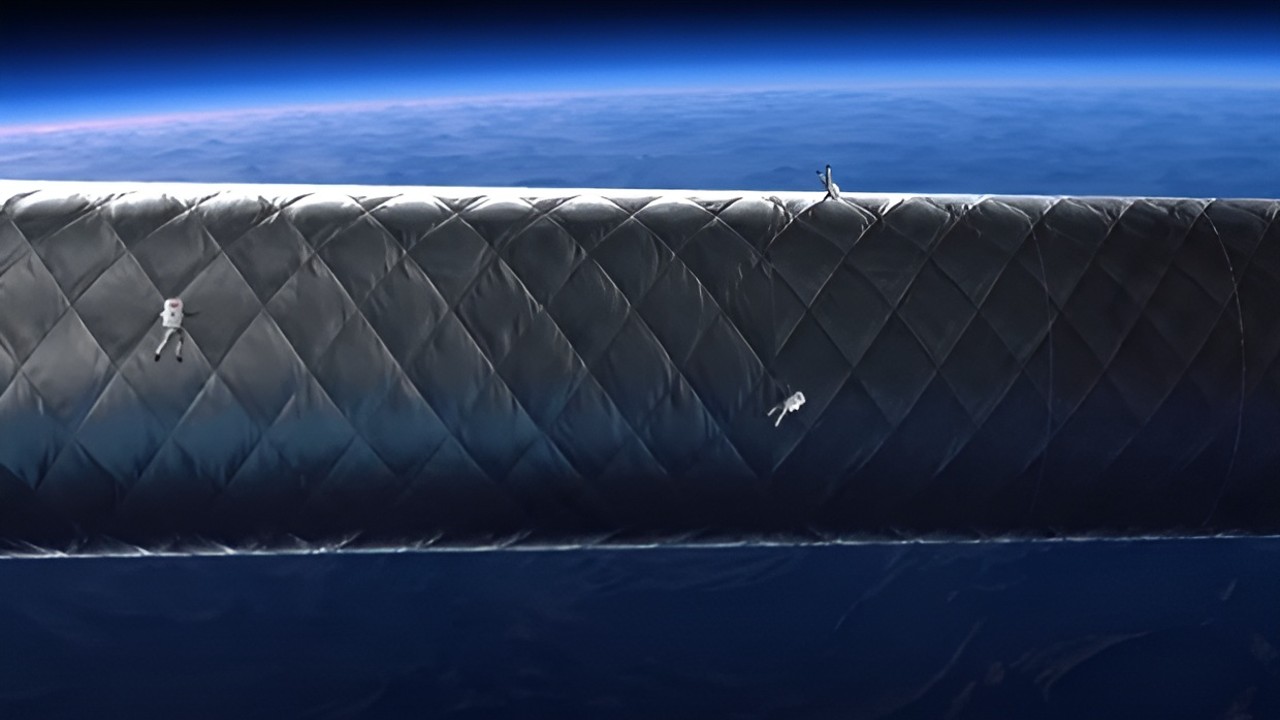
The “Tipler cylinder”, introduced by Frank Tipler in 1974, focuses on providing physical conditions. If A compressed, very dense, thin and elongated cylinder that has ten times the mass of the Sun If this is done and this cylinder can be rotated billions of times per minute, we will have a gigantic time machine. It’s like turning black holes into a machine by compressing them.
The spaceship follows a spiral path around this cylinder, depending on the direction it moves from one end to the other. past or future can travel because the movement along the cylinder curves space and the person entering the curved area is caught in a time loop.
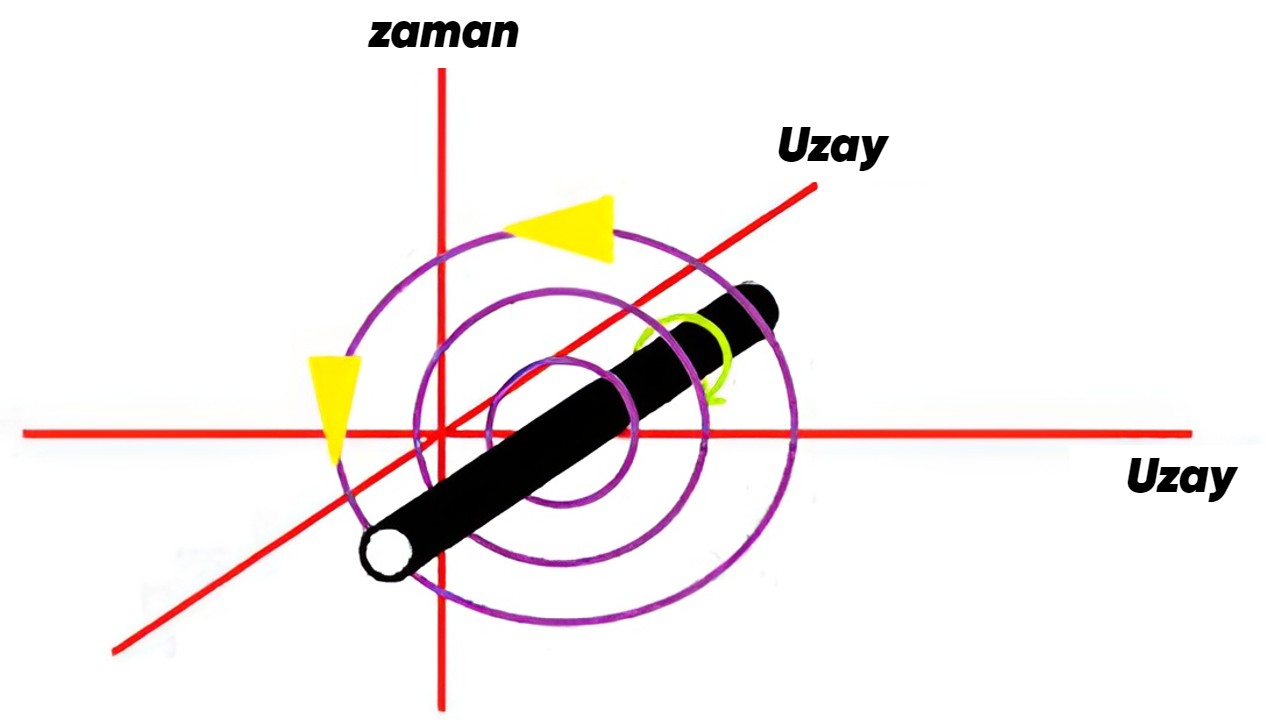
Let’s explain it in more detail. Rotations of several billion times per minute create drag effects and fields of time-like curves that allow time travel into the past under light.
Drag effect; It warps space-time in a way that bends the light cones of objects near the cylinder. Part of the light cone travels back into space-time along the time axis. An accelerating spacecraft thus moves along its closed, time-like curve. back in time travels.
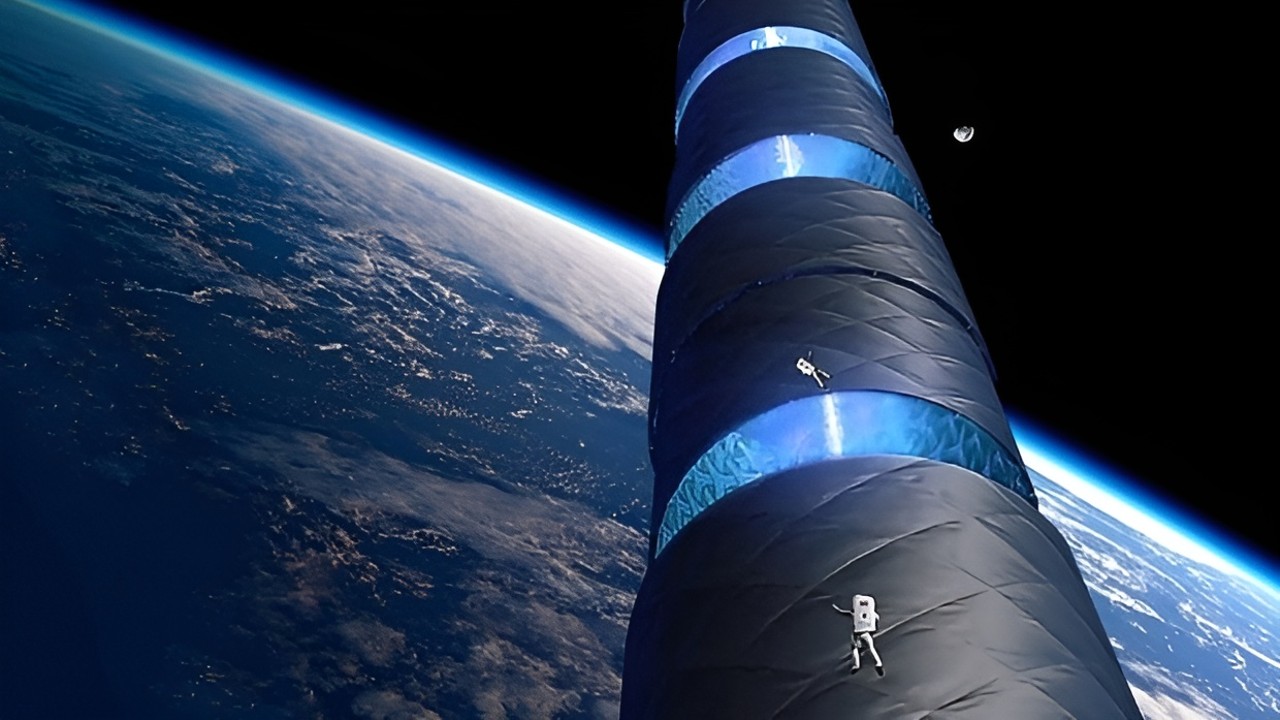
However, this claim was never proven and there were obstacles such as the fact that the cylinder had to be infinite. Types whose rotation speed is fast enough of a finite cylinder He also claimed that he could produce closed, time-like curves.
Stephen Hawking does “You can’t travel through time in a finite Tipler cylinder if there is positive energy everywhere in the universe. It will either be infinite or contain negative energy.” He raised several criticisms using words like. Disagreements about the theory remain, but time travel The theory that we can come closest to in practice is: continues its existence in science.
Sources: Frank Tipler, Anderson Institute
Our other content that may interest you:
Follow Webtekno on Threads and don’t miss the news







